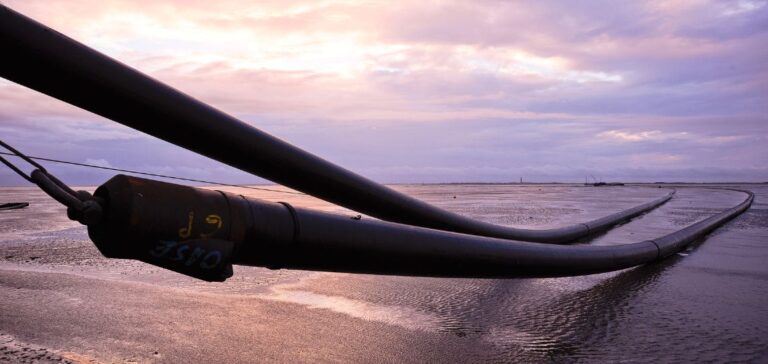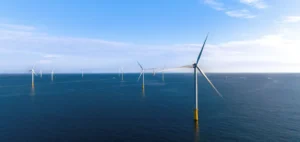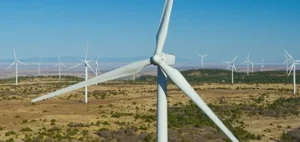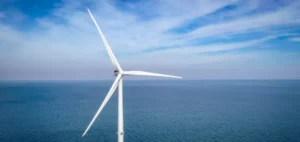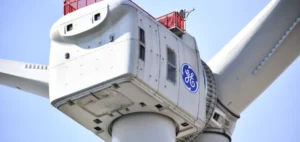TenneT launches a large-scale tender for offshore network connections in the North Sea. Connecting cables (HVDC) will be used for ten connections from sea to land in Germany and the Netherlands. In line with the Esbjerg declaration, the manager wants to make the North Sea the wind power plant of Europe.
Developing offshore expansion in the North Sea
With this second large-scale European tender, the operator is once again giving a major boost to the offshore market. To this end, the group has defined a new type of framework agreement linked to the new offshore systems. This guarantees cable controls for at least ten connections.
A way to develop offshore expansion in the North Sea, as Tim Meyerjürgens, COO of TenneT, points out:
“The framework agreement secures cable orders for at least ten connections to the North Sea offshore grid. In this way, we are consistently pursuing our new path of cooperation with industry partners to meet the challenges of the ambitious offshore expansion targets set by the German and Dutch governments.”
Thus, TenneT appears to be on track to meet the 2030 offshore expansion target. A goal set by the Esbjerg Declaration between Germany, the Netherlands, Denmark and Belgium. Indeed, they have agreed to jointly install at least 65 GW of offshore wind power by 2030.
The future wind power plant of Europe
The members of the North Seas Energy Cooperation (NSEC) and the European Commission recently announced a significant increase in their ambitions. As a result, TenneT plans to launch a second tender with key market partners.
An ambition that Tim Meyerjürgens emphasizes:
“Now we are following up with another large-scale tender for our innovative 525 kV cable system. Together, the two tenders offer a holistic and concrete action plan to further accelerate the expansion of the offshore grid in the North Sea as Europe’s wind powerhouse.”
Russia’s aggression against Ukraine has undeniably increased the challenges of energy transition and independence. Thus, as described by the four countries in the Esbjerg Declaration, the North Sea has the potential to become Europe’s green wind power plant.


